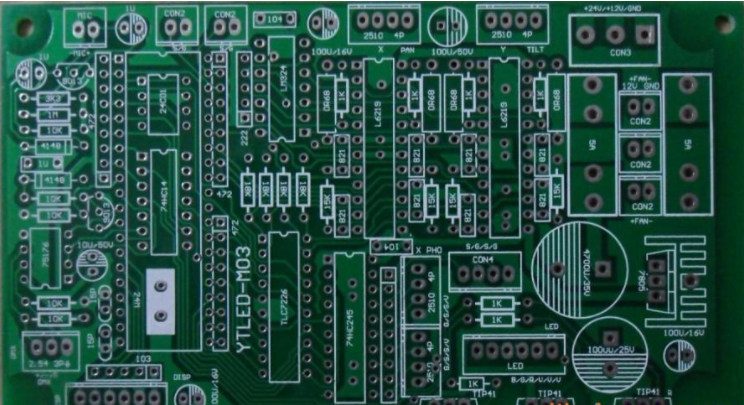The reason why the solder paste in SMT patch processing is easy to dry
Solder paste is a kind of soldering material produced with the SMT chip processing industry. It is a paste solder that is uniformly mixed with alloy powder and paste flux carrier. Many SMT chip processing manufacturers report that the solder paste is easy to dry during the production process. Below we will introduce the reasons and solutions for the solder paste to dry easily.
On the one hand, the solder paste is only used in a small area during the reflow soldering process, which is more likely to dry out than the solder paste in the solder paste box. At this time, the solder paste does not melt and the flux cannot cover the solder joints, resulting in poor solder joints. . At the same time, a small amount of solder paste is easier to transfer heat, and the high temperature actually makes the solder paste more difficult to melt. So we can properly adjust the reflow welding temperature curve to solve it, or welding in a nitrogen environment is a good way to solve such a problem.

On the other hand, the solder paste does not melt because its components contain easily volatile flux, which is also the reason why the solder paste is easy to dry. Among them, the flux with the largest solder paste content is rosin, which contains a large amount of rosin acid, which tends to lose its activity at excessively high temperatures. Therefore, the temperature of the welding process should be controlled to ensure that the temperature is around 200°C. Too high or too low is not suitable. At the same time, the quality of the thixotropic agent will also cause the solder paste to dry easily, and the poor quality of the thixotropic agent will affect the viscosity of the solder paste, and the high viscosity solder paste will easily dry out. Therefore, choosing high-quality solder paste can effectively solve the problem of easy drying of the solder paste.
In addition, the use environment, humidity, temperature and other external factors of the solder paste will affect the dryness and non-melting phenomenon of the solder paste during use, so these external factors should also be paid attention to. Hope these methods can solve your problem.
Causes and solutions of bridging in SMT processing
1. Solder paste quality issues
The metal content in the solder paste is relatively high, especially after a long printing time, the metal content tends to increase, which leads to bridging of IC pins;
The solder paste has low viscosity and spreads to the PCB pad after preheating;
After preheating, it spreads to the pad and the solder paste has poor disintegration.
Solution: Adjust the solder paste mix or use a good solder paste.
2. Printing press system problems
The printer has poor repeatability and uneven alignment (poor alignment of the steel plate, poor alignment of the PCB), resulting in the solder paste being printed on the outside of the pad, which is usually seen in the production of fine QFP;
The size and thickness of the PCB window are not designed correctly, and the SN-PB alloy coating in the PCB pad design is uneven, resulting in an excessive amount of solder paste.
Solution: Adjust the printer to improve the coating of PCB pads.
3. Mounting problems
Excessive solder paste pressure and diffusion flow after solder paste compression are common causes in production. In addition, the placement accuracy is not enough, the components will be displaced, the IC pins will be deformed, etc., which will easily lead to bridges.
4. Warm-up problem
The heating speed of the SMT reflow oven is too fast, and the solder paste solvent has no time to evaporate.